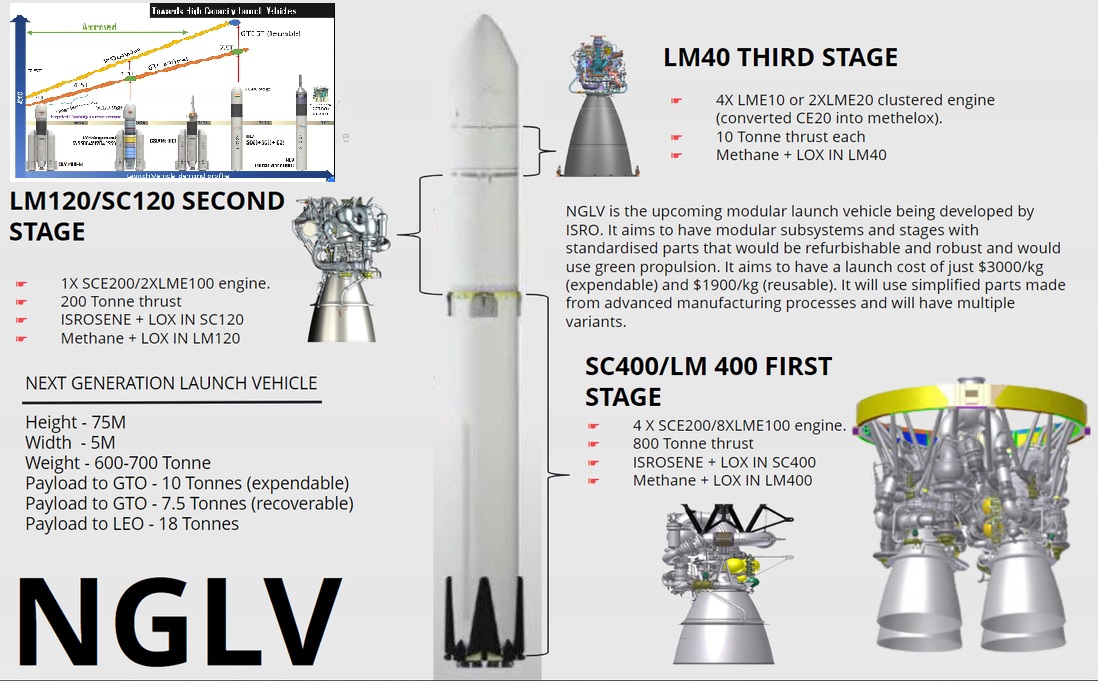ISRO Working Towards Using Green Propellant for Future Launches

Space News ,India :- A cutting-edge Electric Propulsion System (EPS) with high specific impulse has been developed by LPSC, primarily tailored for North-South station keeping. Simultaneously, efforts are underway to create a High Thrust Electric Propulsion system for orbit-raising operations. LPSC has actively engaged in crafting High Power EPS thrusters, achieving successful tests on 18mN, 75mN, and 300mN Stationary Plasma Thrusters (SPT).
The upcoming TDS-01 mission is slated to conduct onboard flight testing for the 300mN-based EPS. LPSC is establishing Electric Propulsion facilities dedicated to the development and qualification of Stationary Plasma Thrusters (SPT), Power Processing and Control Unit (PPCU), Xenon feed system components, and meeting launch service requirements. These facilities are poised to accommodate the development of Electric Propulsion systems up to a thrust level of 1N.
Green Propulsion is a key focus for LPSC, driven by the goal of substituting toxic propellants. Ongoing efforts involve replacing Hydrazine in monopropellant propulsion systems and MMH + N2O4 in bi-propellant propulsion systems. Successful development of Monopropellant thrusters (10N and 100N) using Hydrogen Peroxide (H2O2) has been achieved. The 100N thruster also serves as a backup system for the Gaganyaan crew module propulsion system.
LPSC is at the forefront of innovation in rocket propulsion by exploring Methane as a potential propellant for interplanetary missions. Methane, abundant on planets like Mars, can be harvested from there. LPSC contribution includes the design and realization of a 20 Ton thrust LOX/Methane engine on the CE 20 engine platform, serving as a technology demonstrator. Successful hot tests have validated critical technology elements, such as the ignition of the thrust chamber and Gas Generator.



